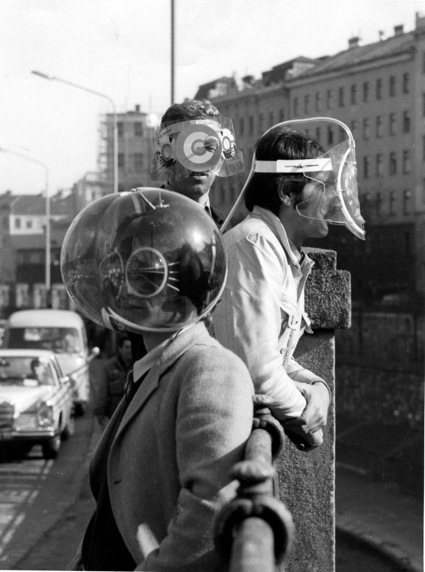 Flyhead Helmet, from the Environment Transformer project. 1968. Zamp Kelp, Ortner, Pinter, Haus-Rucker-Co. Image courtesy Ortner & Ortner Baukunst
Flyhead Helmet, from the Environment Transformer project. 1968. Zamp Kelp, Ortner, Pinter, Haus-Rucker-Co. Image courtesy Ortner & Ortner Baukunst
Archigram, Superstudio, Ant Farm, Haus-Rucker-Co. It’s hard not to get excited by the radical architects whose work started to appear in the late 1960s.
For some obscure reason i haven’t been able to locate the wikipedia entry about Haus-Rucker-Co. but if you’re curious about their work, there is a lot to (re)discover at the retrospective of the Viennese group currently hosted by WORK Gallery, near Kings Cross: inflatables capsules for two, parasitic structures, breathing devices, utopian ideas, helmets and pneumatic prostheses. It’s critique of architecture and architecture as critique at its best.
It’s almost shocking to see how, 40 years after their inception, Haus-Rucker-Co.’s ideas might still be relevant to anyone interested in art & technology, public interventions, immersive environments and (critical) design.
The exhibition, titled Inner World / Innen Welt: The Projects of Haus-Rucker-Co., 1967-1992, shows archival drawings and collages, photographs, models and original ephemera spanning Haus-Rucker-Co.’s 25-year collaboration. The show marks the 20-year anniversary of Haus-Rucker-Co.’s dissolution. Haus-Rucker-Co. was founded in 1967 by Laurids Ortner, Günther Zamp Kelp and Klaus Pinter, later joined by Manfred Ortner. Already working together as Ortner & Ortner on major building commissions from the mid-1980s, Manfred and Laurids Ortner went on to develop an extensive portfolio of built projects, propelling the preoccupations of Haus-Rucker-Co. into a new realm.
Hasty tour of what you can see in the exhibition:
Oase Nr. 7, a personal oasis with a diameter of 8 metres protruded from the façade of the Museum Fridericianums during the 1972 Documenta.
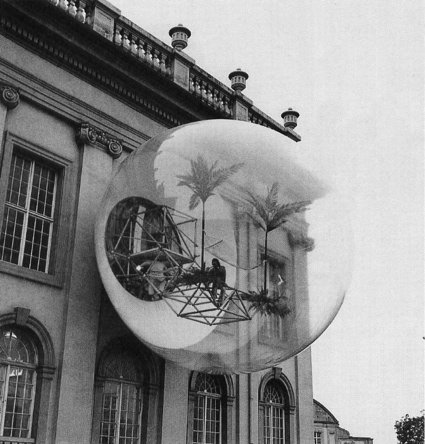
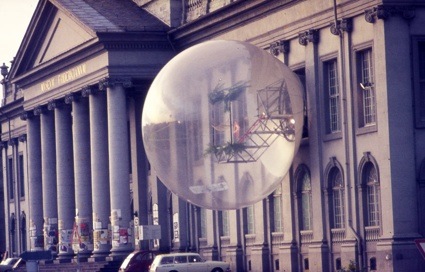 Haus-Rucker-Co, Oase No. 7 (1972), in Kassel. Image courtesy Ortner & Ortner Baukunst
Haus-Rucker-Co, Oase No. 7 (1972), in Kassel. Image courtesy Ortner & Ortner Baukunst
The Mind Expander allowed two people to isolate themselves from their environment and enter in spiritual communion with each other (maybe?!?)
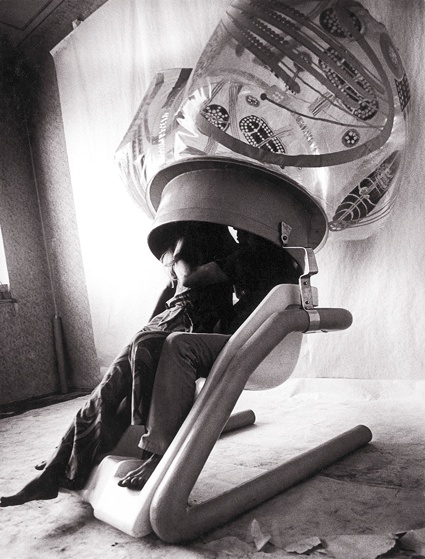 Mind Expander, 1967. Image courtesy Ortner & Ortner Baukunst
Mind Expander, 1967. Image courtesy Ortner & Ortner Baukunst
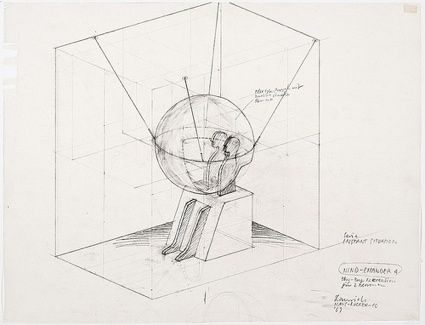 Mind Expander, 1967. Image courtesy Ortner & Ortner Baukunst
Mind Expander, 1967. Image courtesy Ortner & Ortner Baukunst
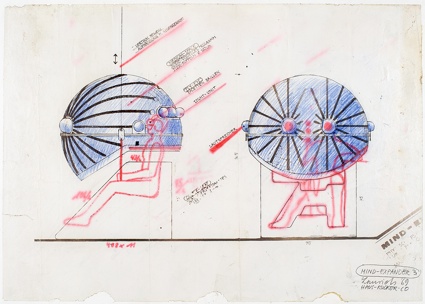 Mind Expander, 1967. Image courtesy Ortner & Ortner Baukunst
Mind Expander, 1967. Image courtesy Ortner & Ortner Baukunst
“The Mind Expanding Programme aimed to explore the inner world, and to improve the psychological capacity of those who took part in the individual elements, as well as those who witnessed them in some way.”
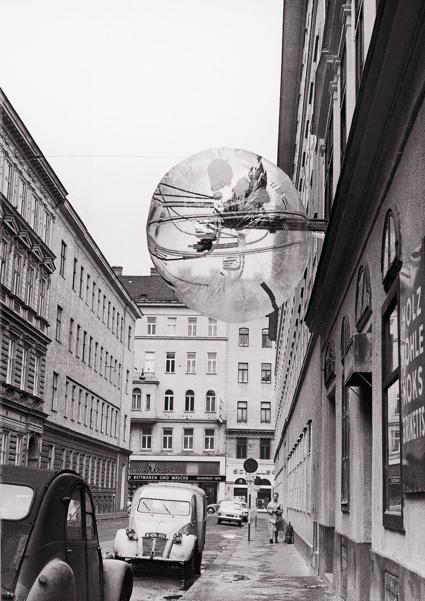 Ballon für Zwei, 1967. Image courtesy Ortner & Ortner Baukunst
Ballon für Zwei, 1967. Image courtesy Ortner & Ortner Baukunst
Gelbes Herz (Yellow Heart), a “communications space-capsule for two people”.
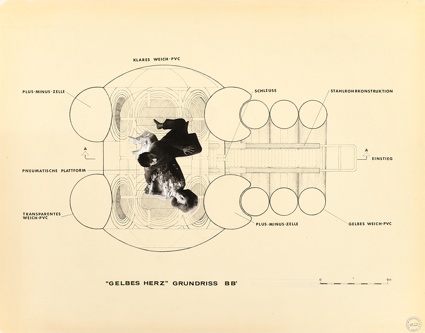 Gelbes Herz (plan), 1968. Image courtesy Ortner & Ortner Baukunst
Gelbes Herz (plan), 1968. Image courtesy Ortner & Ortner Baukunst
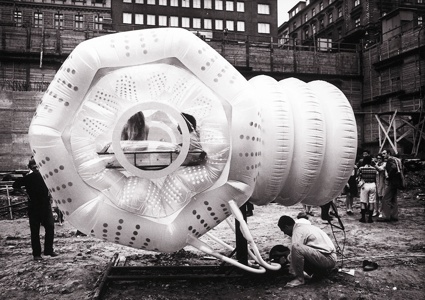 Gelbes Herz, 1968. Image courtesy Ortner & Ortner Baukunst
Gelbes Herz, 1968. Image courtesy Ortner & Ortner Baukunst
Nike was an installation for the Forum Metall Linz exhibition. The photographic replica of the headless Victory of Samothrace was projected upwards from the rood of the University of the Arts. The works sparked a debate about the work itself and the state of contemporary art. After 27 months of controversy, it was discreetly removed under the cover of the night.
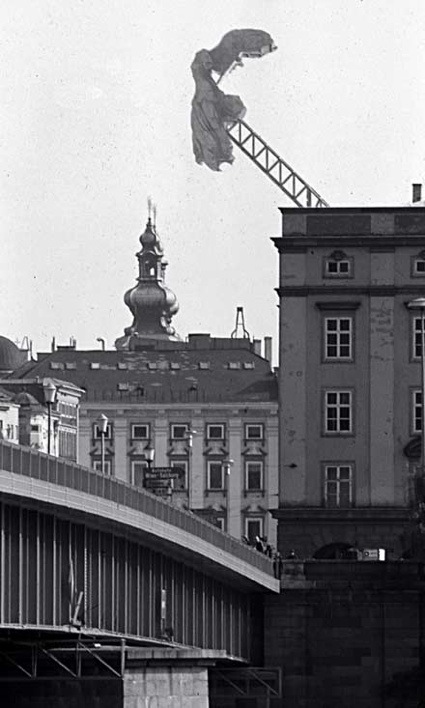 Nike, 1977. Image courtesy Ortner & Ortner Baukunst
Nike, 1977. Image courtesy Ortner & Ortner Baukunst
The Inclined Plane was an element of temporary architecture that visually separated Vienna into two halves. The half towards the inner city was bordered by the black surface of the plane, the other half, facing away from the city, by the plane’s other, white surface.
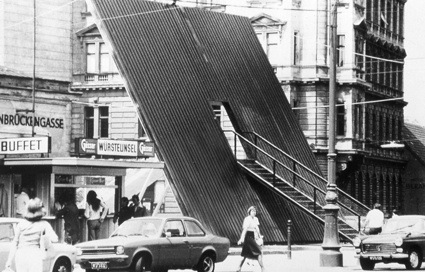 Inclined Plane. Image courtesy Ortner & Ortner Baukunst
Inclined Plane. Image courtesy Ortner & Ortner Baukunst
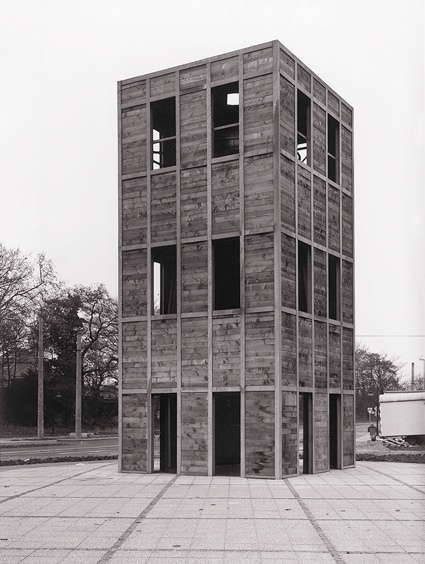 Turm Neuss, 1985. Image courtesy Ortner & Ortner Baukunst
Turm Neuss, 1985. Image courtesy Ortner & Ortner Baukunst
Views from the exhibition:
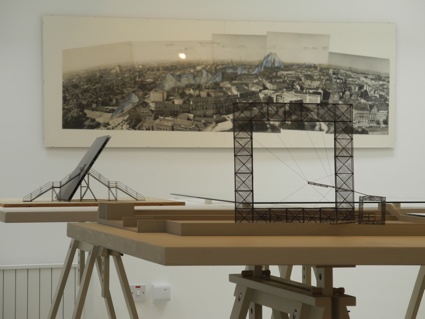 Image WORK gallery
Image WORK gallery
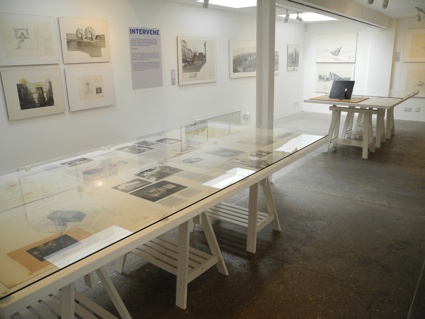 Image WORK gallery
Image WORK gallery
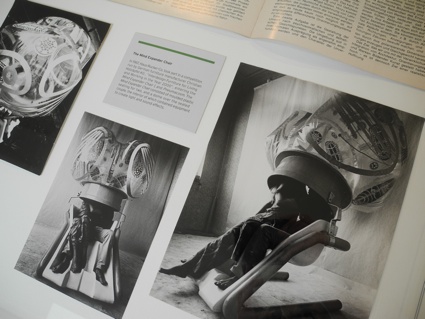 Image WORK gallery
Image WORK gallery
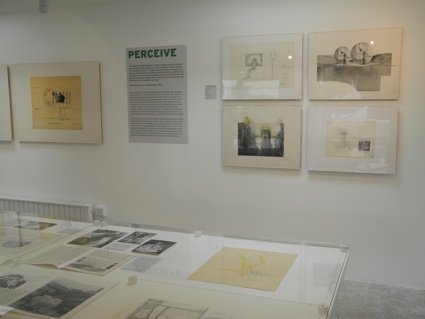 Image WORK gallery
Image WORK gallery
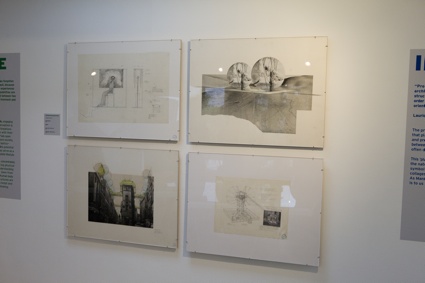 Image WORK gallery
Image WORK gallery
To coincide with the exhibition, WORK has published a special edition of PAPERWORK that includes photos, essays written by members of Haus-Rucker-Co. as well as an interview with Manfred Ortner.
 Giant Billard. Image courtesy Ortner & Ortner Baukunst
Giant Billard. Image courtesy Ortner & Ortner Baukunst
Inner World / Innen Welt: The Projects of Haus-Rucker-Co., 1967-1992 is at WORK gallery until Saturday 1 September 2012.
